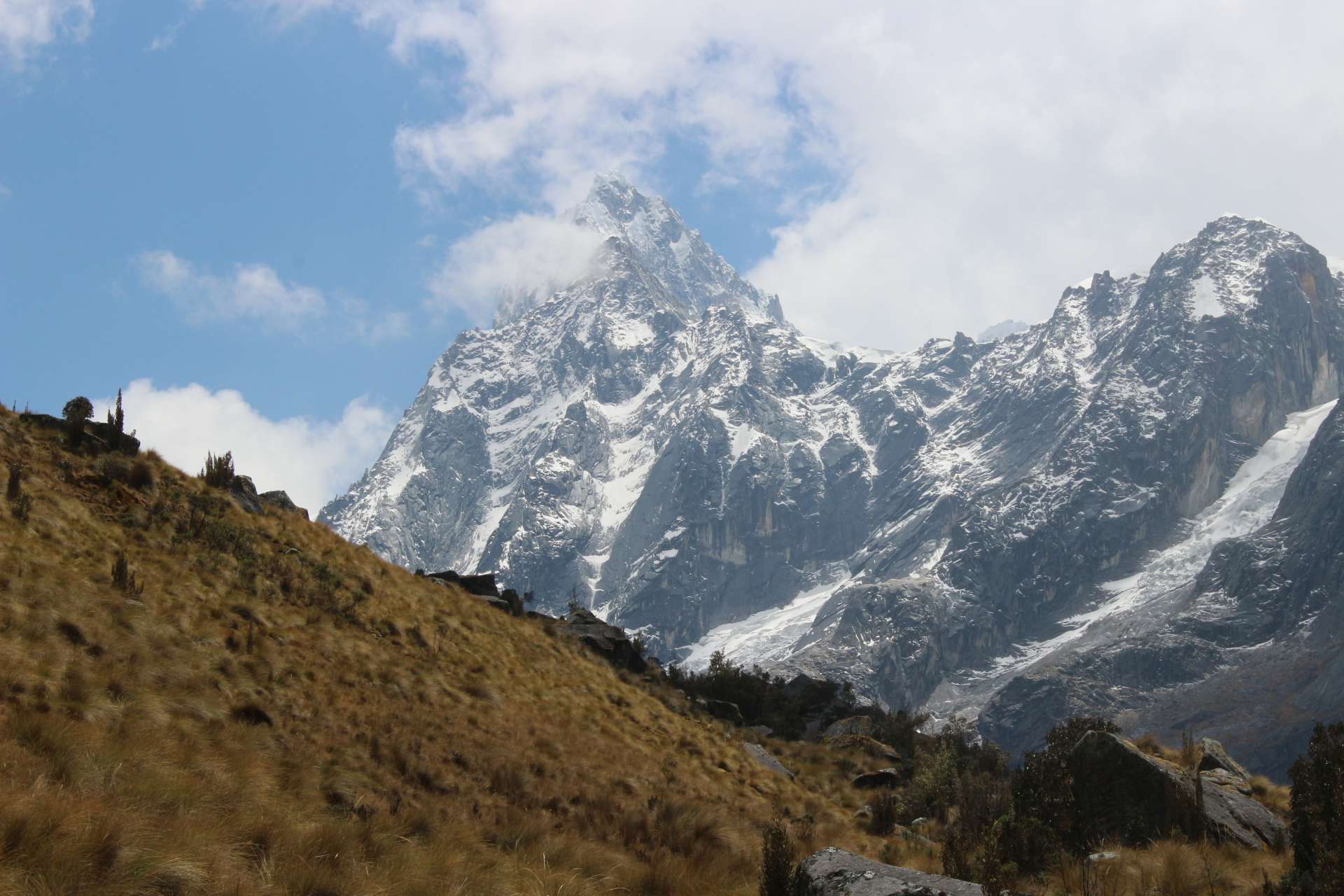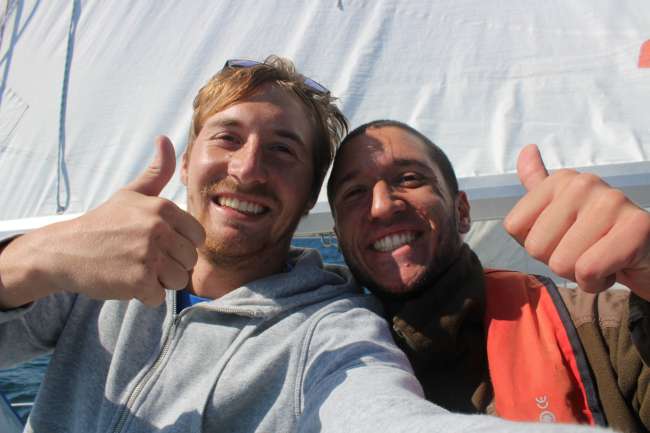Arequipa - the white city
Нашр шудааст: 14.12.2016
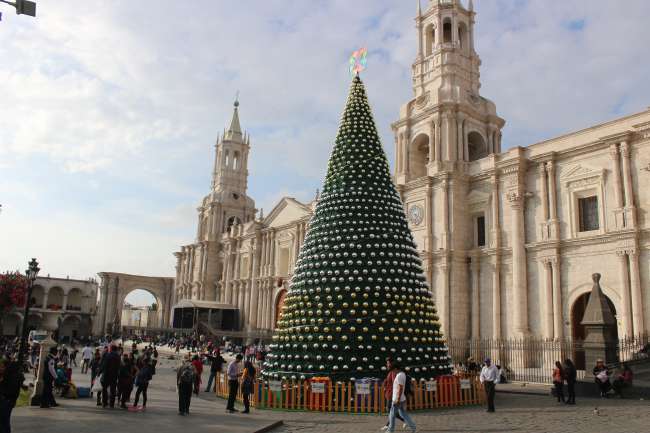
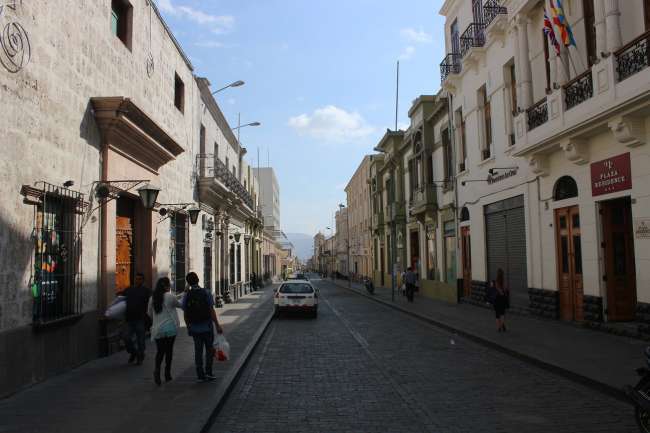
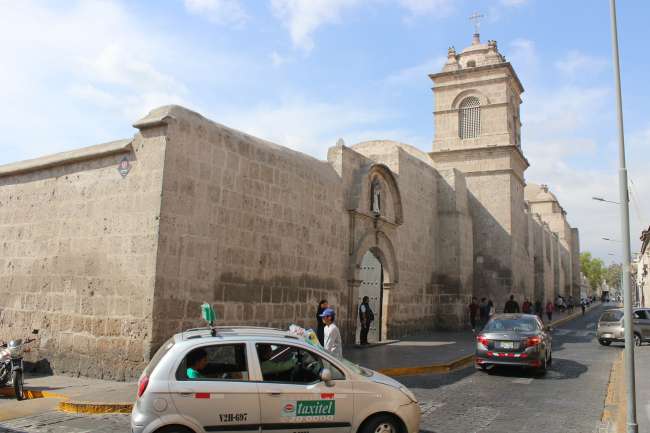
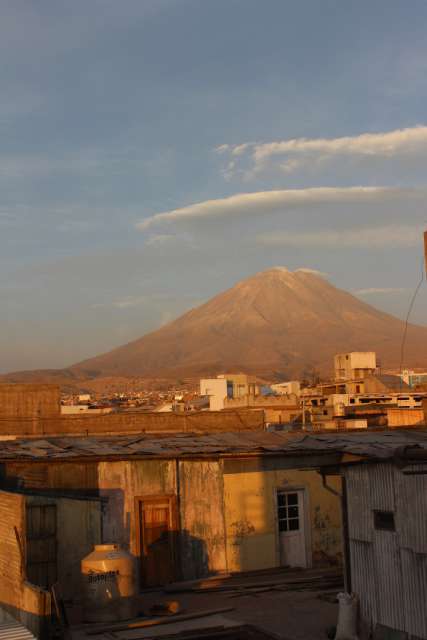
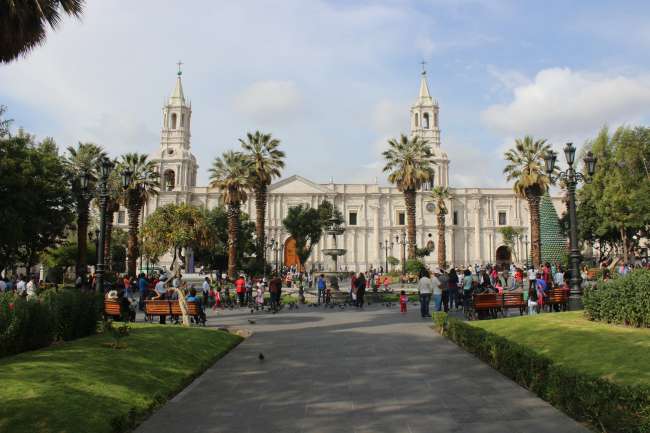
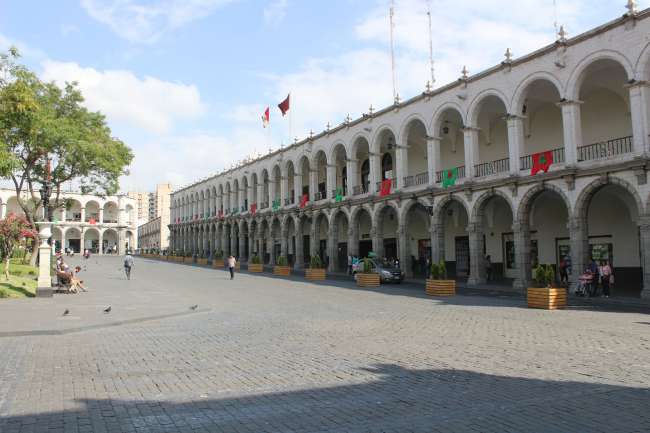
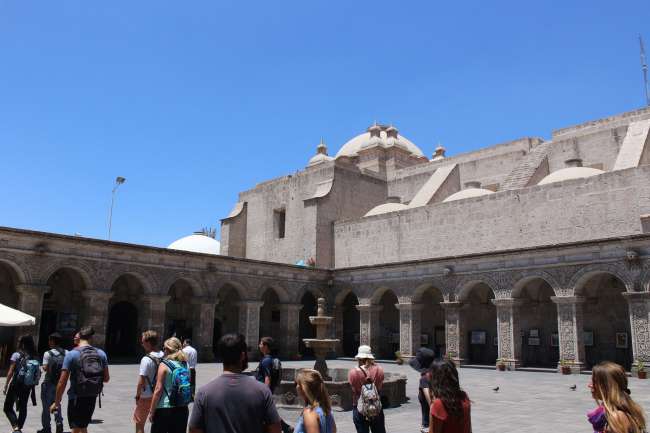
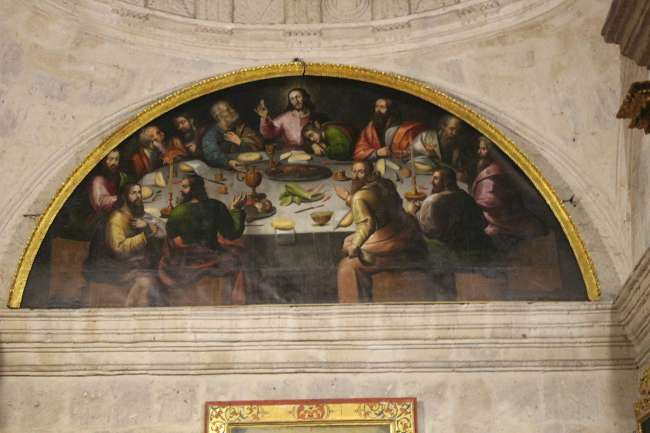
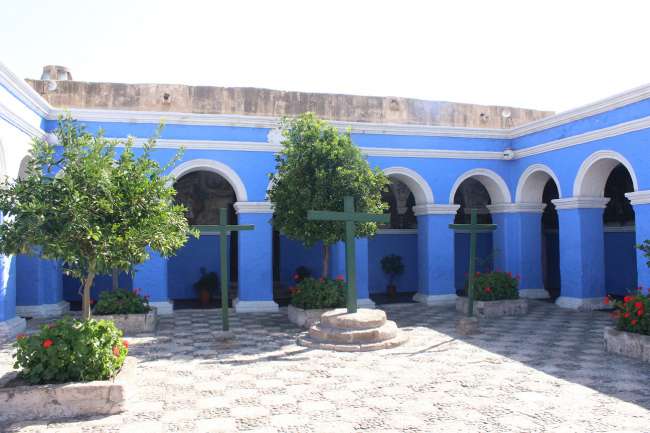
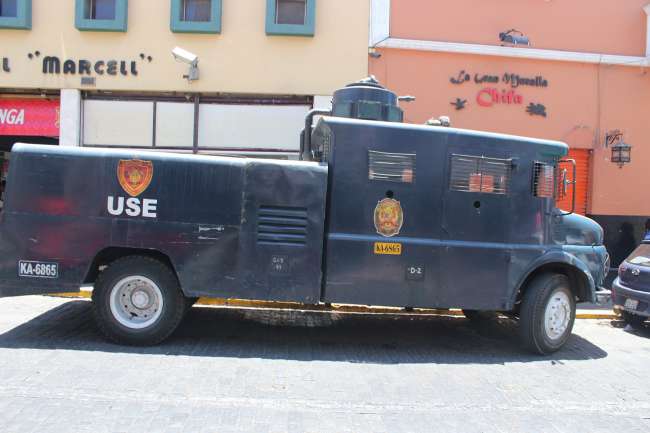
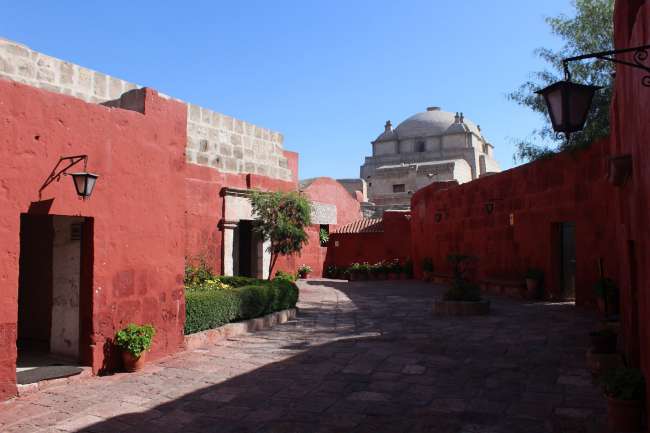
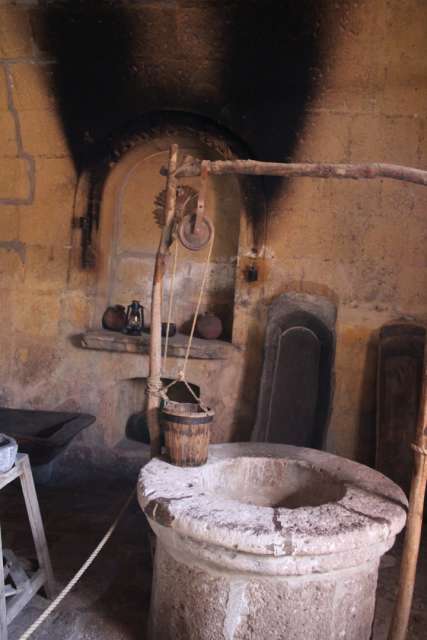
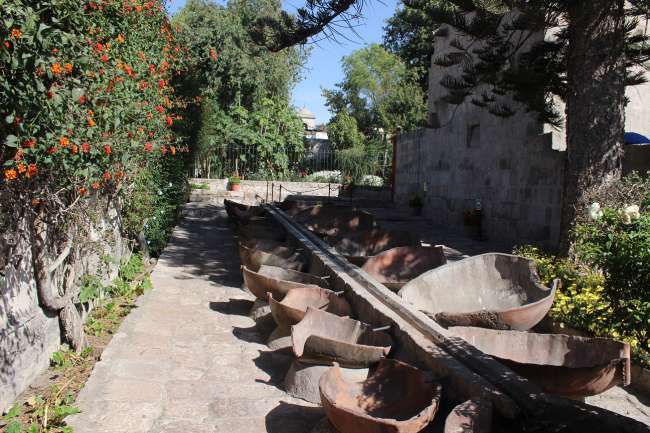
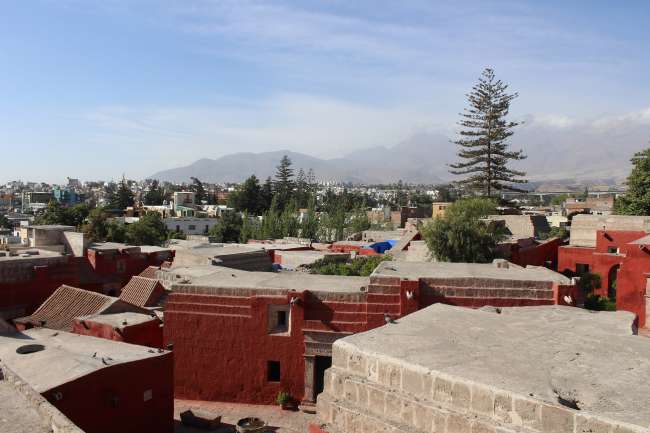
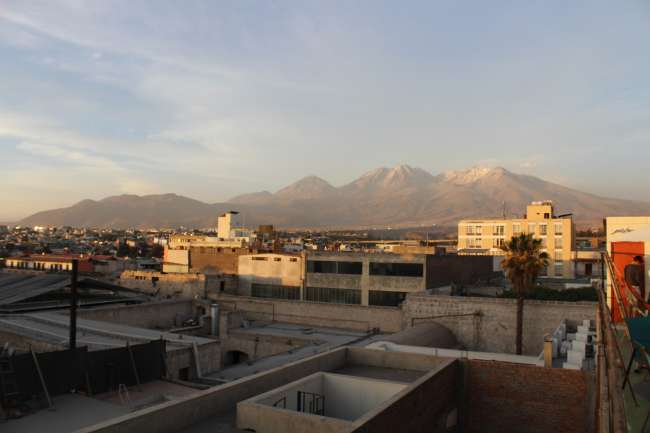
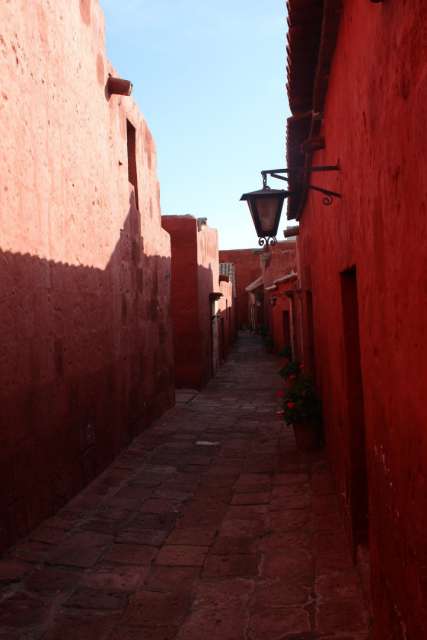
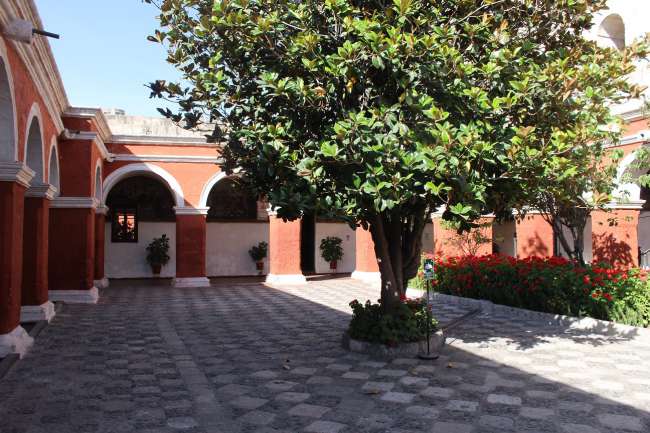
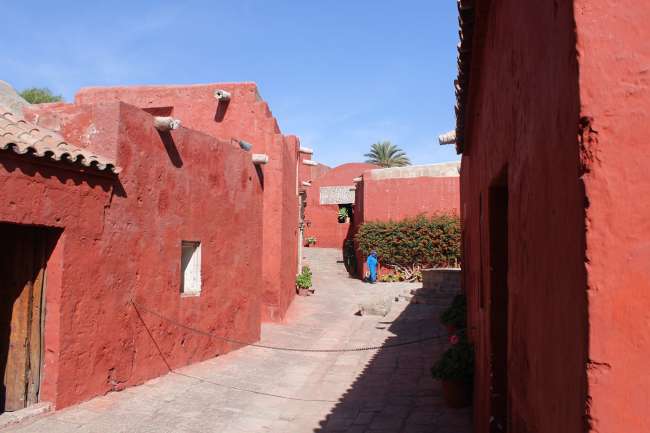
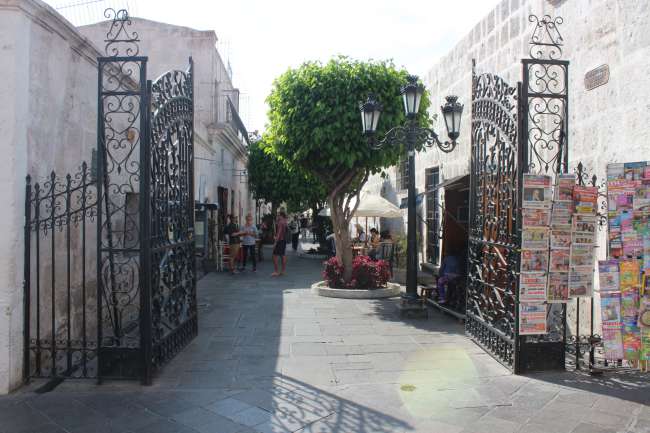
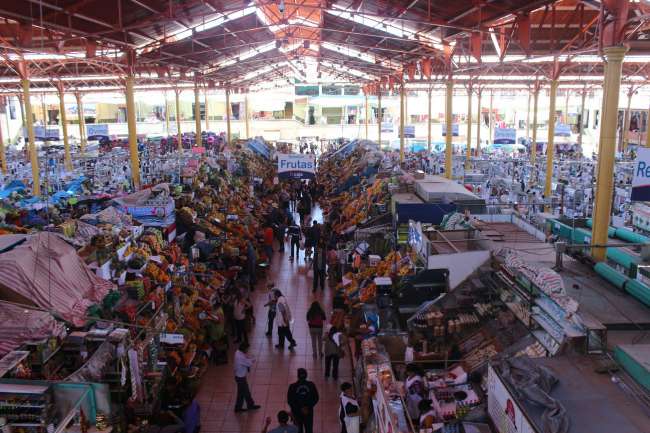
Ба бюллетен обуна шавед
After enriching ourselves with the cultural aspects in Nazca, we continued our journey to Arequipa, as usual, by overnight bus. Arequipa is located in the south and is the second largest city in Peru with a population of nearly 800,000. We arrived in the city the next morning along with countless other tourists. The city is also known as the white city, not because it is built of white volcanic stone, but because during the time of Spanish colonization, only white people were allowed entry into the city center. From here, it is clear that we have entered the tourist region! After picking up our luggage, we took a taxi (Marius negotiated another great price for us, he's really good at it!) to the city center. As we arrived, we were immediately impressed by the calm and laid-back nature, as well as the architectural style of the city. Everything seems organized, cultured, the people appear more relaxed, and the traffic in the center is not as chaotic as we are used to, but rather structured. We headed to our hostel, which is located right on the Plaza de Armas. Upon arrival, we settled into our rooms and enjoyed the morning on the rooftop terrace. Driven by hunger, we decided to go out and explore the surroundings in search of food. After a mediocre meal, tiredness set in (overnight bus trips don't bother us much at the moment), and we decided to take a little nap. We didn't do much for the rest of the day and spent most of it just chilling. The next morning, after a delicious pancake breakfast, we went back into the city. Marius wanted to look for alpaca clothes and in the afternoon, we planned to take a city tour. So, as planned, we went into the city and Marius got his things and once again negotiated like a pro! I think the Peruvians are starting to hate him for it! But well, they'll have to survive :D After all the negotiation stress, we had a well-deserved lunch to recharge. In the afternoon, we desperately searched for the starting point of the walking tour but couldn't find it. However, no problem! We informed ourselves and decided to do it the next morning instead! So, we had the rest of the afternoon free and could relax a bit. The next morning, we finally went on the city tour and it started at the starting point, a colonial-style courtyard café, and then continued to the Plaza de Armas, the first information point of the tour. There, we learned more about the culture of the Peruvians, the tribes that lived here, and why Arequipa played an important role in the country's history. The city was an important trading point between the peoples of Cusco and Lima. Both cities are about 10 hours away from Arequipa, making Arequipa a perfect center for exchange, even after the Spanish conquest. In many buildings built in the colonial style, the culture and beliefs of the tribes were incorporated to ensure a peaceful coexistence between the Indian tribes and the Spanish. Countless decorations and Indian symbols can be found on churches and buildings. At our next stop, a church, this was presented to us in an impressive way. At the entrance portal, you can find the symbols of the spider, snake, hummingbird, and... which are supposed to symbolize the symbols of the different stages of life as well as important necessities like water. In addition to one of the largest gilded altars, a painting of the famous Last Supper is displayed in the church, which contains typical Indian/Peruvian characteristics. For example, the table is depicted as round, symbolizing the equality of all people at the table. There are also guinea pigs, a chili pepper, plantains (cooking bananas), and corn, which symbolize typical Peruvian ingredients and dishes. After visiting the church, we continued to the first school in Arequipa. It was founded by the Spaniards. Upon arrival, we walked through courtyards surrounded by stone walls and buildings. It all seemed a bit rustic, but the colonial style was still clearly visible. In addition to the large courtyards typical of this style, there were also decorations on the walls that indicated an integration of Indian culture. For example, the image of corn, which is typical for this culture, can be seen, as well as a head performing Ayahuasca, a spiritual, consciousness-expanding ritual. Today, this building houses another school, so the current premises are mainly used by alpaca shops and restaurants. So, we strolled through the courtyards to the city's market. As always, there was a lively hustle and bustle, and the crowds of people walked through the building's aisles, creating a certain level of noise. We went to the first floor of the market and then got to try a specialty of Arequipa. Queso Helado de Arequipa, which means Cheese Ice Cream in English. But don't worry, it has nothing to do with traditional cheese. The main ingredients are sugar, milk, and coconut. The reason why it is called cheese ice cream is simply because of its color. The mixture of ingredients gives the ice cream a slightly yellow color. That's the big secret behind it. But let me tell you, it tastes delicious, especially when sprinkled with cinnamon! Thumbs up! After the delicious ice cream break, we made our way back through the market towards the exit. Our next and final stop was a bar in the old town, where we were allowed to have a Pisco Sour to conclude the tour. Pisco Sour is made by mixing three parts Pisco (a liquor in South America), one part lime juice, one part sugar syrup, and egg white with ice, and then straining it into a glass. It is also garnished with a pinch of cinnamon. This drink is mainly served as a welcome drink or an aperitif. That was the end of the tour and after a good lunch, we returned to the hostel. We had to pack our things and book a tour.
The next morning, we were heading to the Colca Canyon for two days of hiking. More details about our Colca Canyon trip will be in a separate article on our blog :)
After our exciting tour of the canyon, we arrived back in the city center exhausted and happy in the evening. After a delicious dinner and a few glasses of wine, we all went to bed quite early. The next morning, we planned for today and the next few days and also booked the next overnight bus for tomorrow to Cusco. In the afternoon, we visited the Santa Catalina de Siena Monastery, also known as "a city within a city". I will now explain how it got this name. The monastery was founded in 1579, less than 40 years after the arrival of the Spaniards in Arequipa. The purpose of the monastery was for nuns of various social backgrounds to enter, and since its inception, women have done so to serve as cloistered nuns. These cloistered nuns were destined never to return to their homes. Mostly, the second-born daughters of a wealthy family were sent/forced to enter the monastery to atone for the sins of the family. The cost of admission to the monastery at that time was 200,000 gold coins, which was a lot of money back then. Built of volcanic sillar stone, it is the most important testimony of colonial architecture in Arequipa. The continuous earthquakes in this area brought about some changes in its structure, making it a building with unique characteristics. The building complex was constantly expanded, eventually giving rise to the expression "city within a city". The nuns lived there in private rooms/houses and led a secluded life far from the civilization that surrounded them. It wasn't until the devastating earthquakes of 1958 and 1960 that it was restored and opened to the public in 1970. Thus, the nuns lived secluded in their own little city for almost 400 years. Physical contact was not possible. There were only chambers in which one could communicate with the outside world. Imagine it like a confessional booth with a field of view and an additional sort of revolving door where goods or letters could be exchanged without making physical contact. Today, entry to the monastery is only possible on a voluntary basis, and no admission fee is charged. The monastery is financed from the income generated by tourists. As far as we know, there are 22 nuns living in a still separated area on the monastery grounds. Now, the nuns have entered the information age. There is apparently internet, and the nuns can read and write, which was not allowed before. All in all, the monastery was impressive and definitely worth the admission fee. We spent more than two hours exploring the complex, its rooms, gardens, and lanes until closing time. We ended the evening with a bottle of wine on the rooftop terrace of the hostel. The next morning, it was time to check out, pack our backpacks, and make the final preparations for Cusco. This time, we took a new bus line to Cusco, which offered seats that reclined 180 degrees and turned into beds. We are excited to see how this journey will be and are of course looking forward to Cusco, where many new adventures await us!
More about Cusco will be available soon as usual :)
Best regards,
Marius and Max
Ба бюллетен обуна шавед
Ҷавоб

Ҳисоботи сафар Перу
